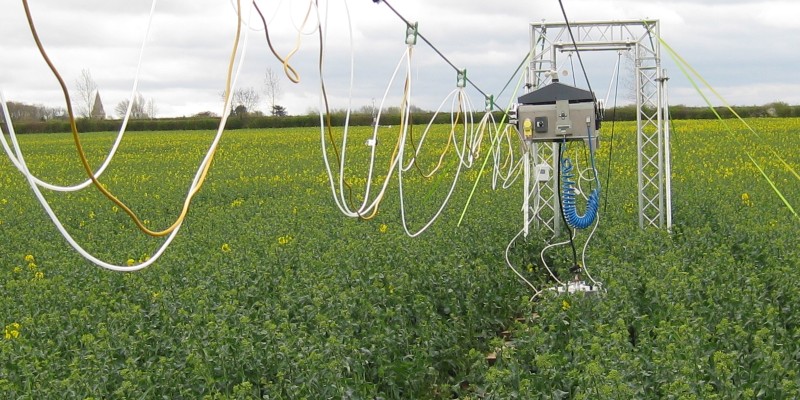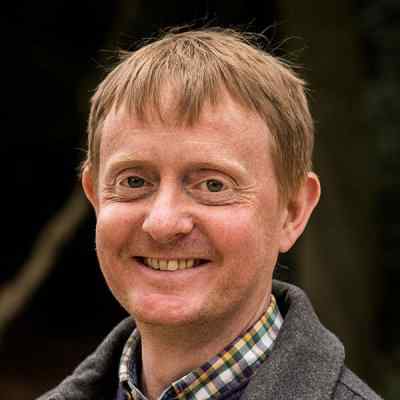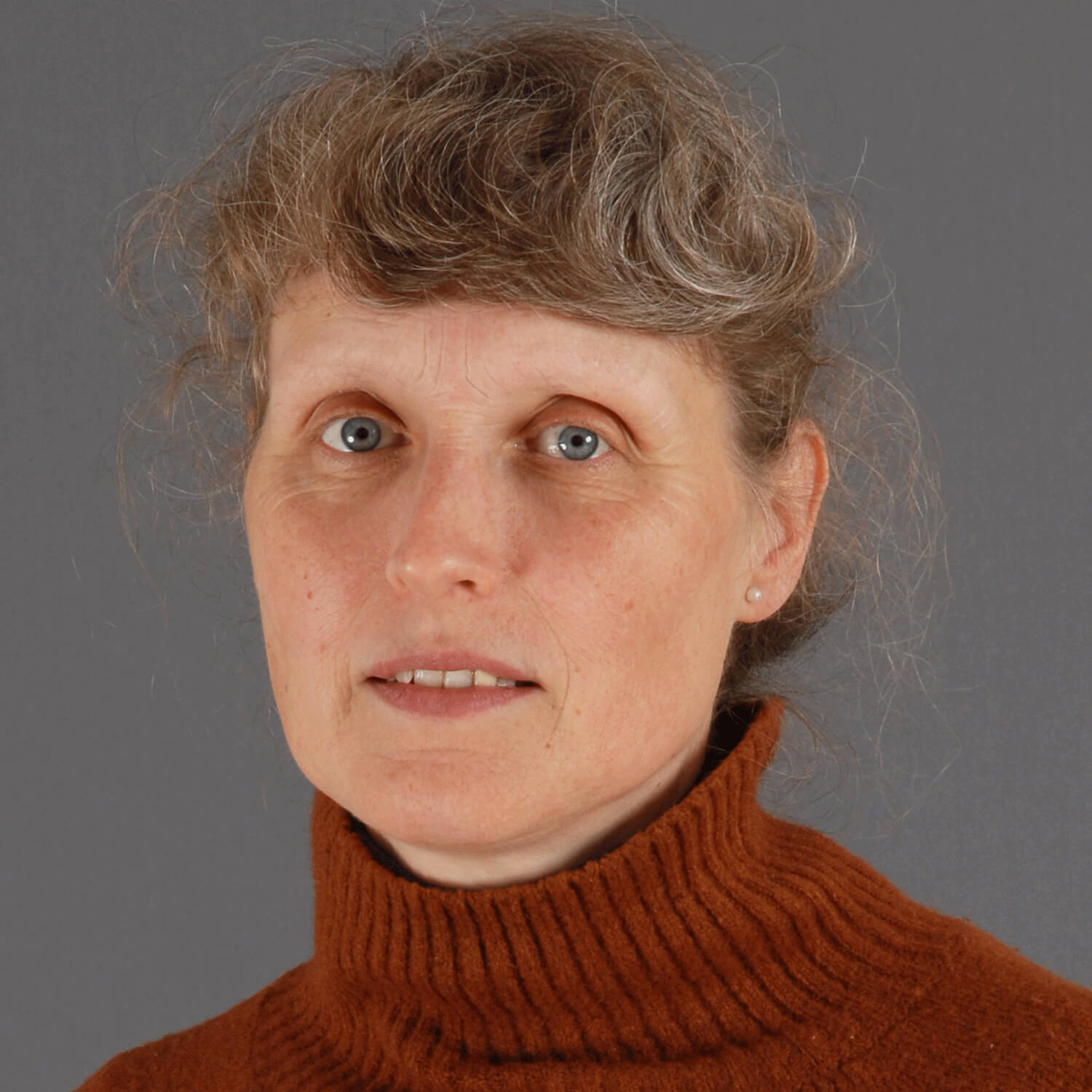SkyLine - a novel system to measure greenhouse gas emissions
Posted on 11 June 2020
Cutting-edge technology developed at York is providing detailed greenhouse gas emissions data.

The SkyLine System is being used to measure the flow of greenhouse gases from agricultural, forested and peatland landscapes worldwide
SkyLine is effectively CCTV for greenhouse gas emissions
Continuously
Our researchers have developed an innovative system that can continuously monitor the flow of greenhouse gas emissions (GHG) from soil and water landscapes over a large number of plots.
The new SkyLine system aims to help researchers understand the impact of human-induced climate change by showing a continuous pattern of greenhouse gas flows rather than a snapshot achieved by current technologies.
SkyLine2D has been designed in response to the pitfalls of existing technologies which often lack versatility to be suitable for real-world locations, and provide static datasets at a scale which is inappropriate for many studies.
Dr James Stockdale, project co-lead from the Department of Environment and Geography, explains: “Limitations to our knowledge mean that discussions of land management for carbon are often focused on activities such as tree planting while ignoring the hidden complexity of flows of GHGs in and out of soils.”
Larger scales
Developed by field scientists and engineers from the Departments of Biology and Environment and Geography, SkyLine2D allows monitoring on larger scales, over longer periods and in more complicated and once inaccessible locations such as lakes.
The system consists of a cylindrical chamber suspended from wires. The cylinder drops to ground level to measure atmospheric readings at key locations. SkyLine2D can measure up to 40 plots with a single chamber. The energy-saving and cost-effective design, remote control technologies and low maintenance requirements mean the system can be left unattended to carry out long-term field operations.
Dr Stockdale said the idea of using cables to lower the chamber onto the ground came from Professor Phil Ineson in the University’s Department of Biology. “It provided us with the low-cost, low-maintenance system we needed. However, the way the chamber seals is critical, and after a lot of testing, especially in the wind and rain in the Flow Country in the far north of Scotland, we now have a system that can withstand real-world conditions 24/7."
Landscapes
Experiments have already been conducted on many different agricultural, forested and peatland landscapes across the UK and Europe, including forests and peatlands in Sweden and Denmark.
The experiments, conducted with a range of collaborators such as the Centre for Ecology and Hydrology and Forest Research, are giving researchers a better understanding of the impact of different crop types, fertiliser additions and pharmaceutical pollutants on sources and sinks of GHGs. The technology is also providing information on how they respond to changes in temperature, atmospheric CO2, drought and flooding conditions.
Dr Sylvia Toet, project co-lead from the Department of Environment and Geography said: “These large environmental datasets generated from experiments in a wide range of landscapes will give policymakers the numbers they need to develop measures to reduce GHG emissions around the world.”
The team has also developed a bigger sister - SkyLine3D - a NERC-funded collaboration of researchers and engineers from three departments - Environment and Geography, Biology and Electronic Engineering together with the Universities of Gothenburg and Lund, led by Dr Toet. This large, three-dimensional GHG flux system, located across a lake in the South of Sweden, will help identify key sources of methane often emitted in large amounts from (semi-) boreal lakes.
A number of projects have led to the development of these unique pieces of equipment. With the help of a University Enterprise Fellowship, the team is now looking to launch a spin-out company in the next 12 months to meet the growing demand.
The text of this article is licensed under a Creative Commons Licence. You're free to republish it, as long as you link back to this page and credit us.

Dr James Stockdale
Research Title: Research Enterprise Fellow
Dr Stockdale's research interests include the measurement of GHG emissions in managed and natural ecosystems and sustainable food systems.

Dr Sylvia Toet
Research Title: Senior Lecturer
Dr Toet's interests include the study of carbon, nutrient and pollutant exchange across ecosystems to tackle environmental issues associated with pollution and global change.
Explore more research

A research project needed to spot trees on historic ordnance survey maps, so colleagues in computer science found a solution.

We’re using gaming technology to ensure prospective teachers are fully prepared for their careers.

A low cost, high-accuracy device, could play a large part in the NHS's 'virtual wards'.
